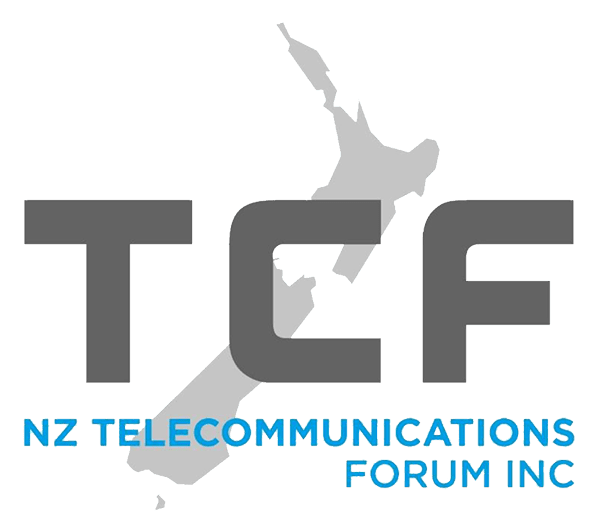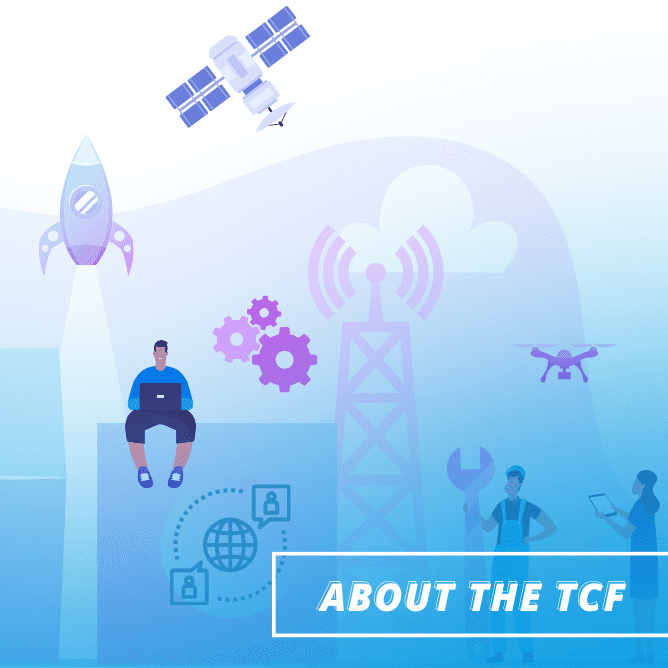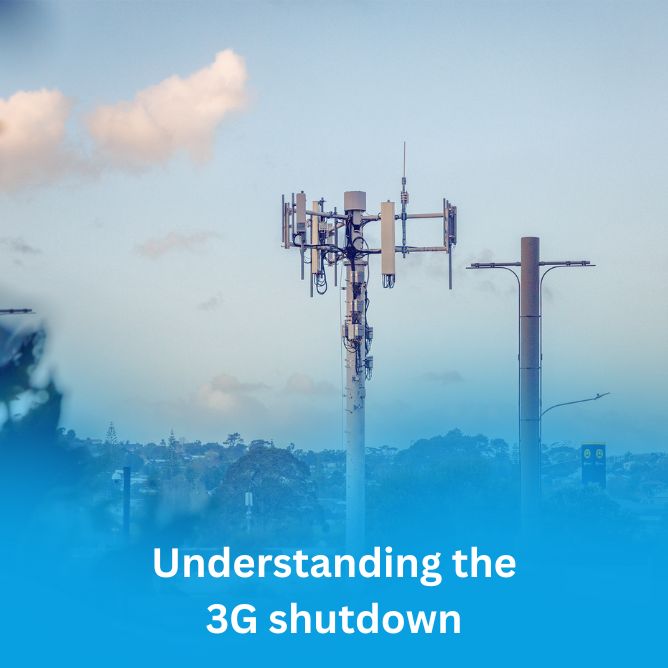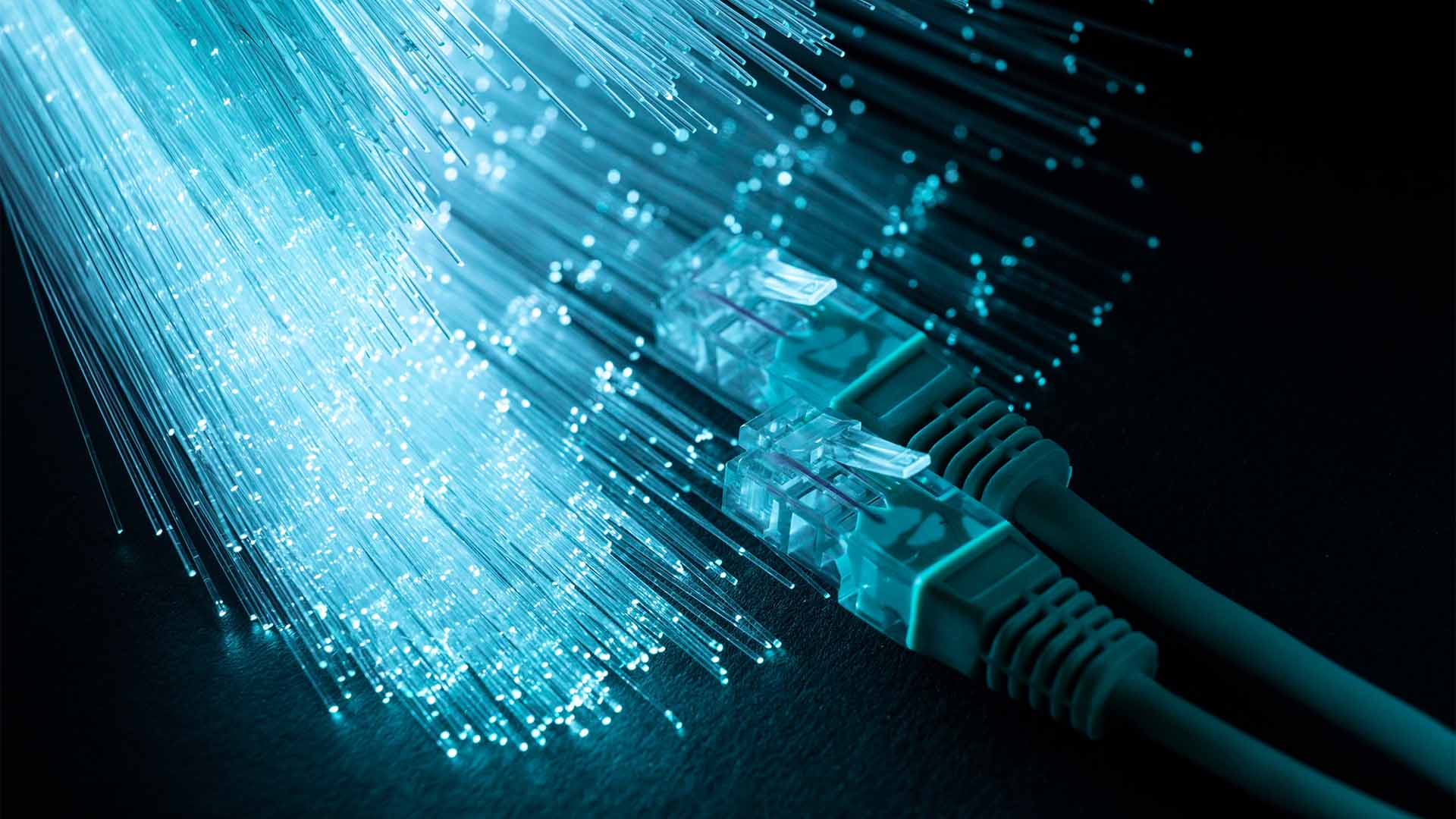What is Fibre?
Fibre broadband uses fibre-optic cable to deliver ‘ultra-fast broadband’ (UFB) to New Zealand. Fibre cable delivers broadband speeds much faster and with more consistent performance than the copper network. The exact speed depends on the speed of the fibre input that your broadband provider has purchased from the fibre company; generally, the faster the input speed, the higher the price you pay. With fibre you can use multiple devices at the same time without any loss of quality or buffering. Unlike copper lines, fibre performance doesn’t degrade over distance. This means that no matter how near or far you are from the exchange, the speed is consistent.
Ultra-Fast Broadband
From 2012, New Zealand began the Ultra-Fast Broadband (UFB) rollout, a partnership between the Government and private companies to install fibre in homes and businesses across all cities and towns in the country. Over time, these fibre connections will replace the traditional copper lines used for telephone calls and older broadband technologies such as ADSL and VDSL.
The first phase of the UFB rollout was completed in late 2019 and laid fibre down the streets where 79% of New Zealanders live. The second phase, covering smaller communities, has increased fibre availability to 87% by the end of 2022. For more information on the UFB rollout, see the Crown Infrastructure Partners website.
Why Switch to Fibre?
Being connected and online has become an essential part of our everyday lives.
The internet is fundamentally changing the way we work, learn, live and play. The Ultra-Fast Broadband (UFB) rollout means about 82% of New Zealanders now have fibre broadband available in their street, rising to 87% by the end of 2022.Fibre broadband offers higher speeds than broadband delivered over the copper network and has the ability send more data simultaneously. This means you can easily stream content such as music, upload big files, play online games, make video calls, watch movies and more in your home at the same time. There is also little disruption to your broadband when other people in your neighbourhood are online at peak times.
Fibre enables you to access new technologies delivering products and services such as home automation, lighting, air-condition, security, remote monitoring and healthcare.
Fibre is currently available on different plans at different speeds. Your choice will depend on where you live, what speed is available to you and your usage. Most providers are offering unlimited plans at competitive pricing, however if you choose a plan with a data cap your monthly connection fee will be reduced slightly. Contact your preferred broadband provider for more information on pricing plans and packages.
Can I get fibre?
If fibre is not available in your area there may be other services like wireless broadband which may offer improved performance over existing copper broadband. If you live in a rural area, you may be covered by the Rural Broadband Initiative (RBI).
Talk to your service provider about what options are available at your address.
Check if you can already access fibre or when your area is due to get fibre, using this address checker.
Who provides fibre in my area?
The Government has partnered with four local fibre companies to roll out fibre networks across New Zealand: Chorus, Enable Networks, Northpower Fibre and Ultrafast Fibre.
Each fibre company covers a different geographic area and works directly with your service provider to arrange your fibre installation.
There are many service providers throughout New Zealand that provide a wide range of products and services over fibre.
To find out which service providers operate in your area, use the National Broadband Map.
What to ask your service provider
Before you sign up and change to fibre, here are some questions you should ask your preferred service provider first:
- How much does it cost?
- What happens during the installation process?
- Do I need to upgrade my WiFi, modem or premises wiring?
- Will the installation impact on my medical alarm?
- Will the installation impact on my security alarm?
- What will I need to do?
What is the connection process?
Connecting to fibre requires the installation of a fibre optic cable between your home and the street plus a new modem inside your home.
Learn about the fibre installation process.
What broadband speed will I get?
Fibre is currently available at different speeds according to the speed of the broadband connection that your provider purchases from the fibre company in your area. Your choice will depend on where you live, what speed is available to you, what you’re doing online, and the number of people or devices using the broadband connection at the same time – the more devices and the more high-intensity activities such as video streaming or online gaming, the faster the connection required.
Contact your preferred service provider for more information on pricing plans.
View the estimated speed of fibre and other types of broadband
What happens to my copper line?
With the installation of UFB you will no longer require a copper connection. The copper line itself may sometimes remain in place but will be disconnected and no longer function.
Will the technology in my house still work?
Some services based on older technologies may rely on a copper line connection to operate. Before you switch to fibre, check with your service provider that these services will still work as you may have to contact the equipment provider to upgrade that service equipment.
You will probably need to upgrade your premises wiring, software and/or other technology to gain maximum performance from your fibre connection.
Can I get fibre if I am renting?
Recent changes (effective from Feb 2021) to the Residential Tenancies Amendment Act mean that in most cases landlords must now allow fibre installation to their property (provided it is possible and can be installed at no cost to them) if the tenant has requested this.
Previously, landlords were able to decline the request without having to give a reason.
Click here to find out more.
Learn more about the five step process to fibre installations









